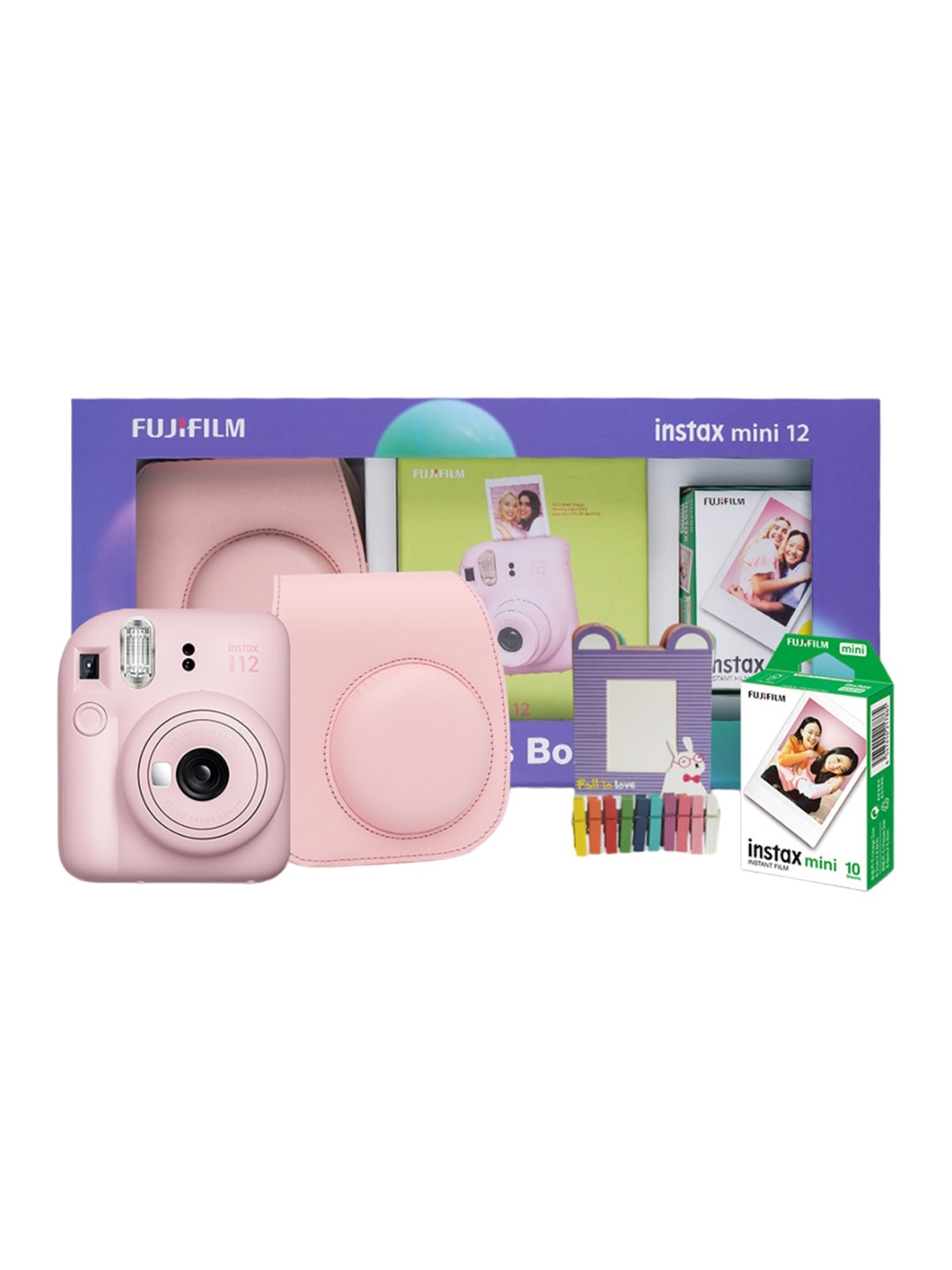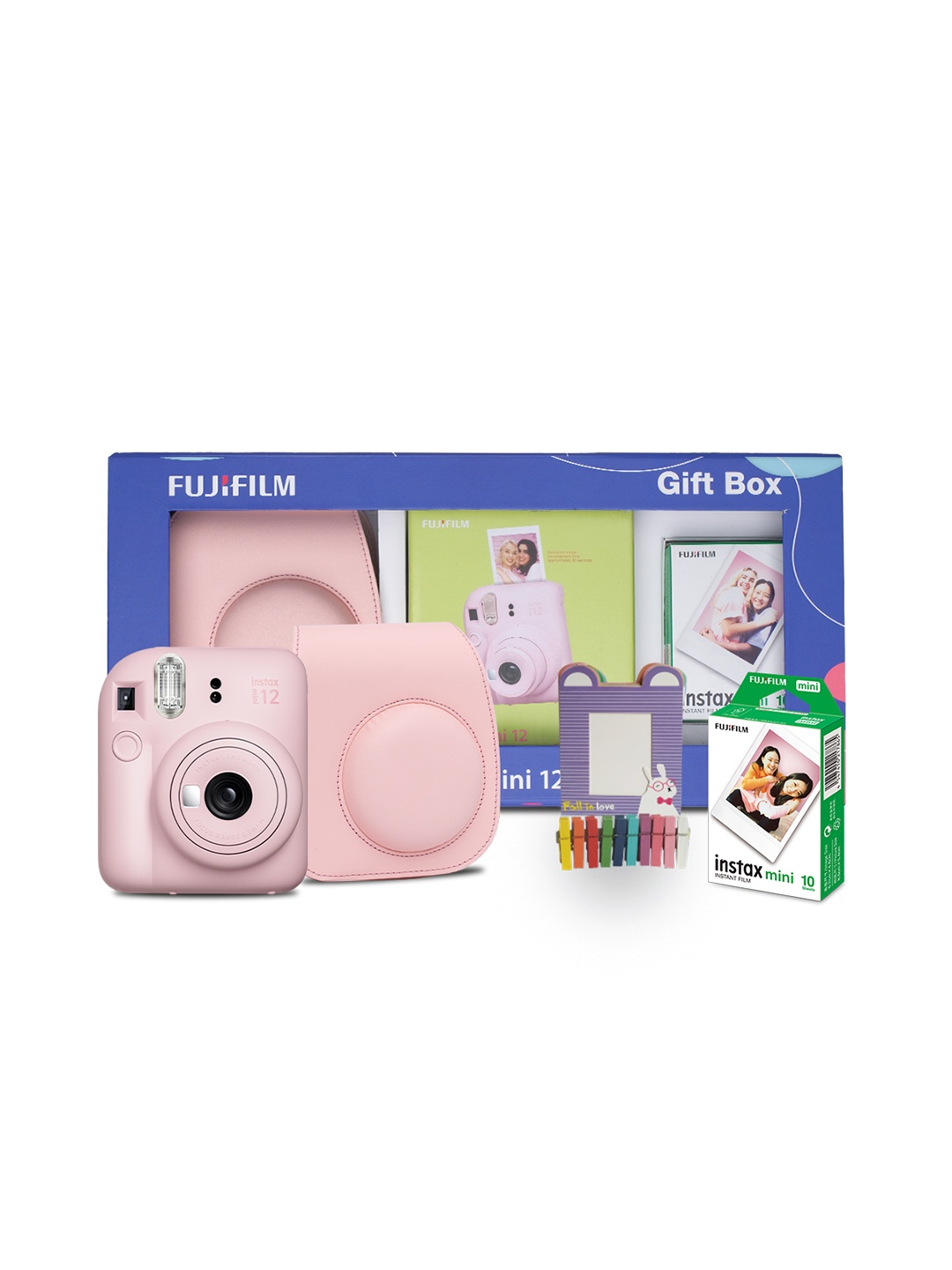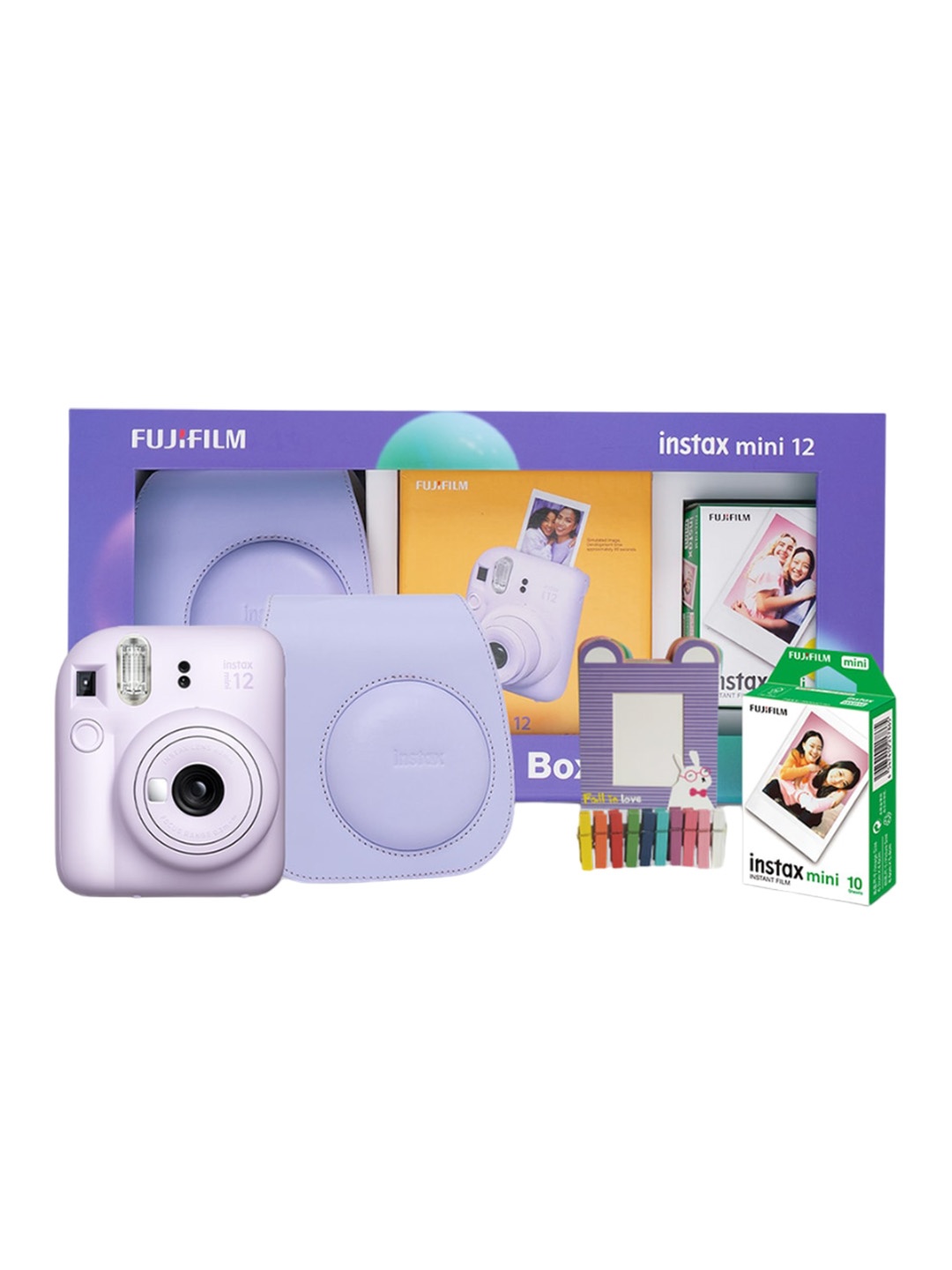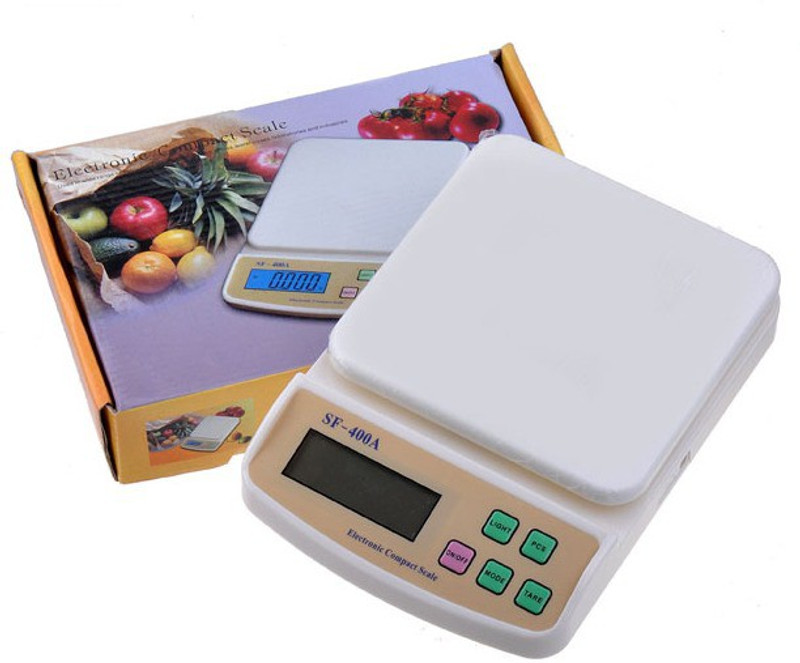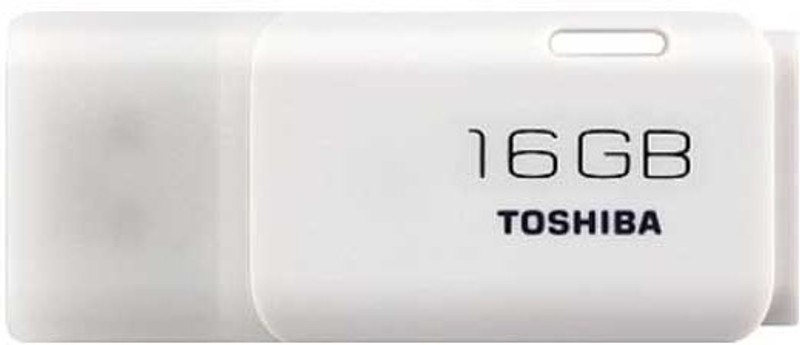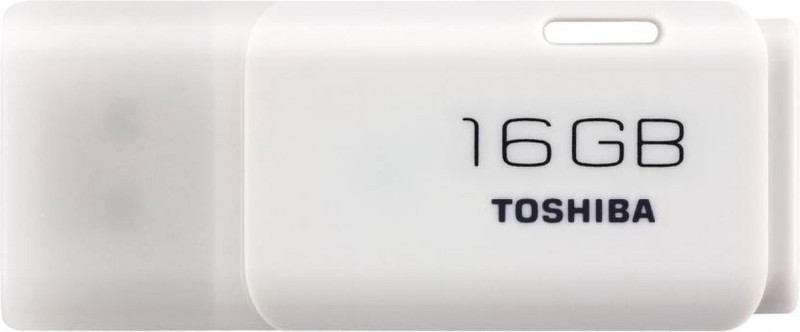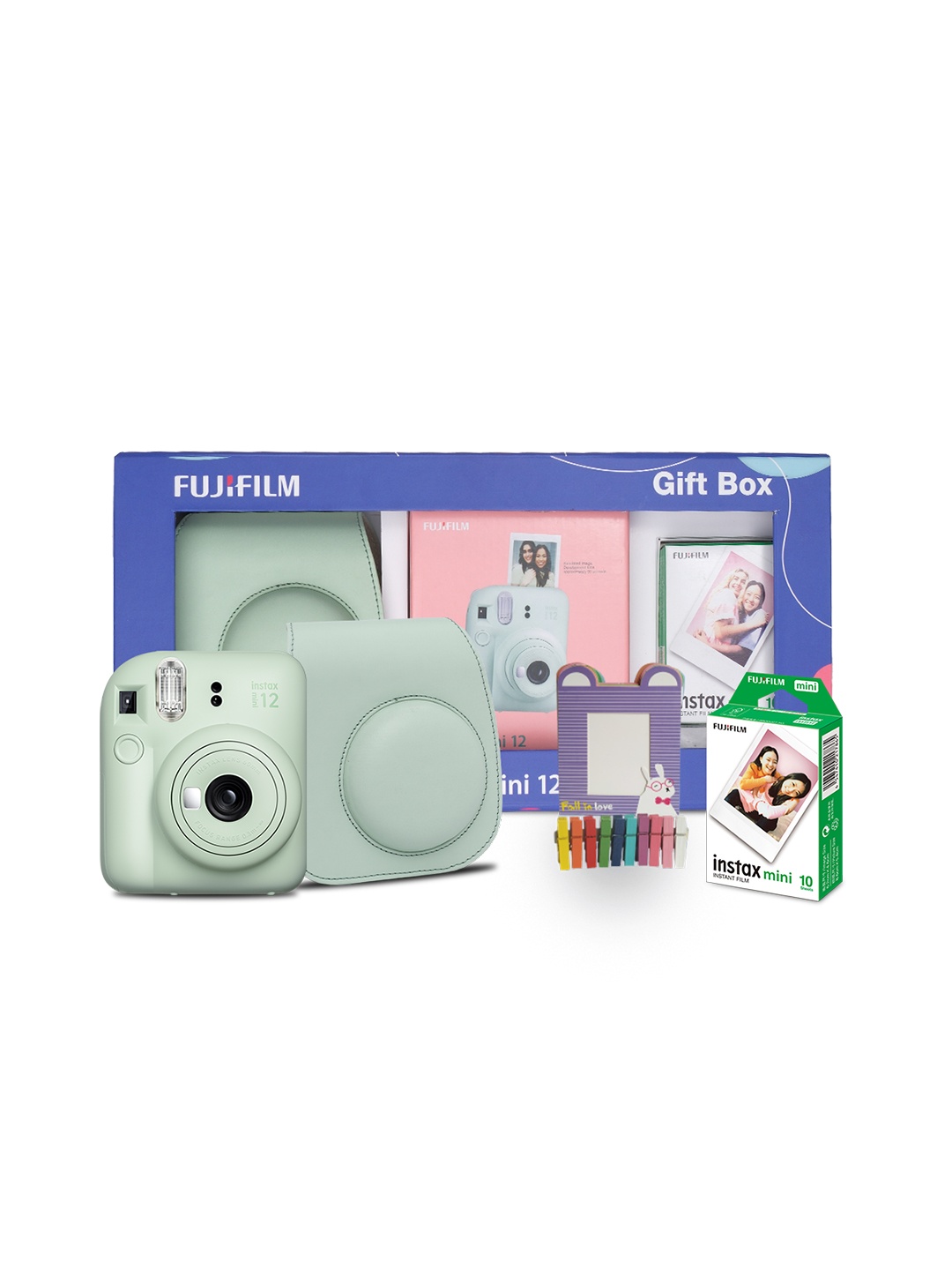From Copper To Glass: Choosing The Right Vessel For Your Daily Draught

Hydration is said to be fundamental to our health, energy levels, and overall well-being, especially in summer. In summer 2025, we aim to dutifully fill our glasses and bottles throughout the day and ensure to stay hydrated all day long. But have you ever stopped to consider the vessel itself? Does it matter whether you sip from copper, glass, plastic, stainless steel, or a traditional earthen water bottle?
In order to ensure better health and, increasingly, environmental responsibility, the humble water container deserves a closer look. The material from which we drink can influence taste, temperature, potential health benefits (or risks), and certainly our planet's health. Let's get into the world of drinkware, exploring the characteristics of five common materials: glass, copper, plastic, stainless steel, and earthenware.
1. Glass

Best Drinkware For Summer 2025: Explore Glass, Steel, Copper And More; Photo Credit: Pexels
Glass has long been a favoured material for drinking vessels, and for good reason. Its primary advantage lies in its inertness. As per the European Container Glass Federation, glass doesn't react chemically with water, meaning it imparts no flavour or odour. What you taste is purely the water itself, unadulterated. Furthermore, glass is non-porous. It lacks microscopic holes resulting in less invasion from bacteria, germs, and residual flavours from previous drinks, provided it's cleaned properly. Washing glass is straightforward, it can typically withstand high temperatures in a dishwasher, ensuring thorough sterilisation.
From an aesthetic perspective, glass offers unparalleled clarity and elegance. Watching the light refract through water in a beautiful glass can subtly enhance the drinking experience. Environmentally, glass is highly recyclable and can be recycled repeatedly without significant loss of quality. However, its main drawback is its fragility. A dropped glass bottle often means a shattered mess, making it less practical for on-the-go situations, particularly for children or during vigorous activities. While thicker, more durable glass options (like borosilicate) exist, they still carry a higher risk of breakage compared to metal or plastic.
2. Copper

From Copper To Glass: Choosing The Right Vessel For Your Daily Draught
Photo Credit: Pexels
Copper vessels have been used for centuries, particularly within Ayurvedic traditions in our country, where water stored in copper (known as Tamra Jal) is believed to offer various health benefits. According to the Nepal Journal of Science and Technology, copper has an oligodynamic effect, where certain metals, including copper, exert a lethal effect on bacteria and other microorganisms even in low concentrations.
Storing water in a copper vessel for several hours (typically overnight) allows trace amounts of copper ions to leach into the water. Proponents claim this aids digestion, supports the immune system, acts as an anti-inflammatory, and benefits skin health.
However, caution is paramount. Firstly, the potential benefits rely on trace amounts. Excessive copper intake can lead to copper toxicity, causing nausea, vomiting, and more severe issues. It's generally advised not to store water in copper for more than 8-12 hours and to avoid using copper vessels for acidic beverages (like fruit juices or lemon water), which can accelerate copper leaching to potentially unsafe levels.
Secondly, maintenance is crucial. Copper naturally tarnishes (oxidises). This green patina (verdigris) must be cleaned regularly using traditional methods (like lemon and salt, or tamarind paste) to ensure the vessel is safe and effective.
3. Plastic (PET)

From Copper To Glass: Choosing The Right Vessel For Your Daily Draught
Photo Credit: Pexels
Polyethylene terephthalate (PET) plastic bottles are undeniably ubiquitous. They are lightweight, shatterproof, and cheap to produce, making them supremely convenient for bottled water and reusable bottles alike. Their portability is unmatched.
However, the convenience of plastic comes at a significant environmental cost. Single-use PET bottles are a major contributor to plastic pollution in our oceans, rivers, and landfills. While PET is technically recyclable, recycling rates globally remain disappointingly low, and the process itself requires energy and can degrade the plastic quality over time.
Health concerns also persist. Although most PET bottles used for water are now BPA-free (Bisphenol-A, an endocrine disruptor), questions remain about other chemicals potentially leaching from plastics, especially when exposed to heat (like being left in a hot car) or over prolonged use. Furthermore, the issue of microplastics, tiny plastic particles shedding from the bottle into the water, is an area of growing concern, with potential long-term health implications still being researched. Reusable plastic bottles, often made from different, more durable plastics, are a step up from single-use, but potential leaching and eventual disposal remain considerations.
4. Stainless Steel

From Copper To Glass: Choosing The Right Vessel For Your Daily Draught
Photo Credit: Pexels
Stainless steel water bottles have surged in popularity, emerging as a robust and reliable alternative, particularly to plastic. Typically made from food-grade stainless steel (like 18/8- 18% chromium and 8% nickel), these bottles are highly durable and resistant to rust and corrosion. They don't shatter when dropped, making them ideal for active lifestyles, travel, and children.
Like glass, stainless steel is largely inert, meaning it doesn't react with water or leach chemicals, ensuring a clean, pure taste. It's also non-porous, making it hygienic and easy to clean. Many stainless steel bottles offer insulation (double-walled vacuum construction), keeping drinks cold for up to 24 hours or hot for up to 12 hours, a significant practical advantage.
From an environmental standpoint, stainless steel is a sustainable choice. It's long-lasting, reducing the need for replacements, and is fully recyclable at the end of its (very long) life. While the initial cost might be higher than plastic or basic glass, its longevity often makes it more economical in the long run. The main potential downside is that weight–insulated versions can be heavier than plastic or single-walled glass/metal bottles.
5. Earthen Bottles (Clay/Terracotta)

From Copper To Glass: Choosing The Right Vessel For Your Daily Draught
Photo Credit: Pexels
Drinking water from earthen pots, often called matkas in India, is an age-old practice still cherished for its unique benefits. The primary advantage of clay or terracotta is its natural cooling effect. These materials are slightly porous, allowing minuscule amounts of water to seep through to the outer surface. This water then evaporates, drawing heat from the water inside the pot and naturally cooling it down, a welcome relief in hot climates, without requiring electricity.
Some proponents also suggest that clay imparts subtle minerals to the water and can potentially make it slightly more alkaline, although scientific evidence for significant health benefits from this is often debated. The slightly porous nature can also filter out some impurities, though it shouldn't be relied upon as a primary filtration method. Many users enjoy the distinct, slightly earthy taste imparted by the clay.
However, that same porosity requires careful handling. Earthen pots need regular and thorough cleaning, as the pores can potentially harbour bacteria or mould if left damp and unattended. They are also inherently fragile and can break easily if knocked or dropped.
Make Your Choice
So, which vessel reigns supreme? The truth is, there's no single "best" option, the ideal choice depends entirely on your priorities:
- For Purity and Taste: Glass is arguably the champion, offering an unadulterated drinking experience. Stainless steel is a close second.
- For Durability and Portability: Stainless steel is hard to beat, especially for active use.
- For Temperature Control: Insulated stainless steel bottles lead the pack.
- For Potential Traditional Health Benefits: Copper offers unique properties but requires mindful usage and maintenance.
- For Natural Cooling: Earthenware provides a low-tech, traditional solution, perfect for hot climates if handled carefully.
- For Environmental Consciousness: Reusable glass, stainless steel, and well-maintained earthenware are vastly superior to single-use plastic. Even reusable plastic, while better than disposable, carries environmental and potential health question marks.
- For Convenience and Budget: Plastic (PET) offers peak convenience but comes with significant environmental and potential health trade-offs.
Products Related To This Article
1. CROCO JAR Transparent Single Glass Solid Water Bottle
2. OGGN Printed Water Copper Bottle
3. HRX Blue And White Colourblocked Stainless Steel Water Bottle
4. oggn White And Green Dazzert Printed Copper Water Bottle
5. Milton Helix 1000 Purple BPA Free Pet Water Bottle
6. OGGN Copper Screw Cap Water Bottle
7. HRX Red Stainless Steel Single Wall Vacuum Water Bottle
8. BOLDFIT Green Stainless Steel Double Wall Vacuum Water Bottle
9. Milton Helix 1000 Orange Leak-Proof Water Bottle
10. expo Grey And Black Colourblocked Stainless Steel Single Wall Vacuum Water Bottle
Frequently Asked Questions (FAQs)
1. Which type of water bottle is considered the safest or healthiest?
Glass and food-grade stainless steel are generally considered the safest options as they are chemically inert, meaning they don't leach substances into the water or affect its taste. Copper can offer potential antimicrobial benefits but must be used correctly (avoiding prolonged storage/acidic drinks) to prevent copper toxicity. Plastic (even BPA-free) raises concerns about potential chemical leaching and microplastics. Earthenware is natural but requires thorough cleaning due to its porous nature.
2. What is the most environmentally friendly option for a reusable water bottle?
Reusable stainless steel and glass bottles are excellent environmental choices due to their durability, longevity, and recyclability. They significantly reduce reliance on single-use plastics. Well-maintained earthenware is also a sustainable, natural option. The key is choosing a reusable vessel you will use consistently over a long period.
3. Are there real risks to drinking water stored in copper vessels?
Yes, potential risks exist if not used properly. While trace copper might offer benefits, storing water for excessive periods (generally over 8-12 hours) or storing acidic liquids can cause too much copper to leach into the water, potentially leading to copper toxicity. Regular cleaning to remove the greenish patina (tarnish) is also crucial for safety.
4. Which material is best for keeping water cold or hot for long periods?
Insulated stainless steel bottles (those with double-walled vacuum construction) are the most effective at maintaining temperature. They can keep drinks cold for up to 24 hours or hot for up to 12 hours, depending on the specific bottle quality. Earthenware provides natural cooling through evaporation but is less effective for long durations or for keeping liquids hot.
5. Does the material of the bottle change how the water tastes?
Yes, it can. Glass and stainless steel are favoured for preserving the pure taste of water as they are non-reactive. Copper may impart a slight metallic taste for some users. Earthenware can give water a distinct, often pleasant, earthy flavour. Plastic bottles, particularly if older or exposed to heat, can sometimes impart a 'plastic' taste or retain flavours from previous beverages.
Ultimately, the simple act of choosing how you carry and consume your water is an opportunity for a conscious decision. By understanding the properties of each material, from the chemical inertness of glass to the traditional cooling of clay, you can select a vessel that aligns not only with your practical needs but also with your values regarding health, taste, and planetary well-being.








